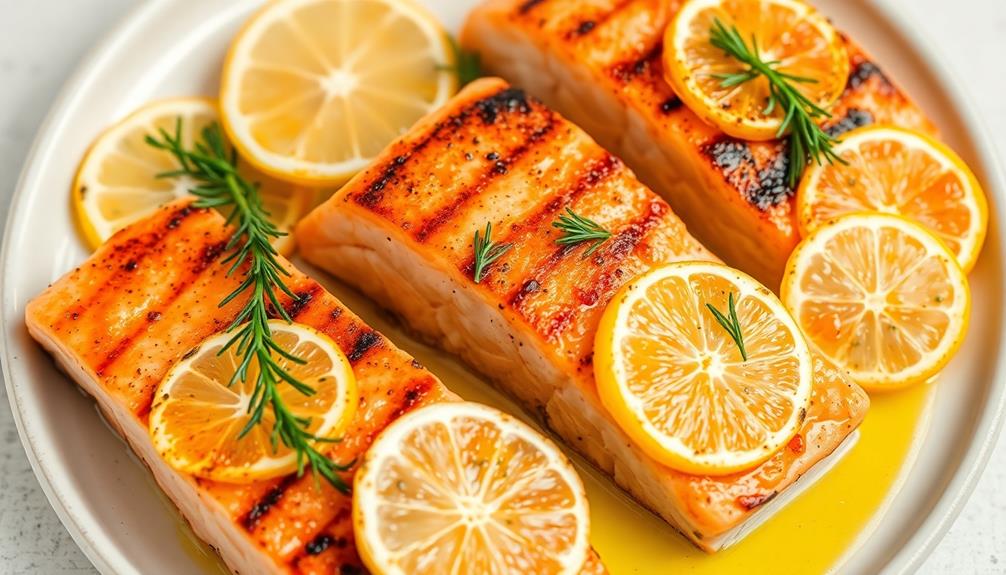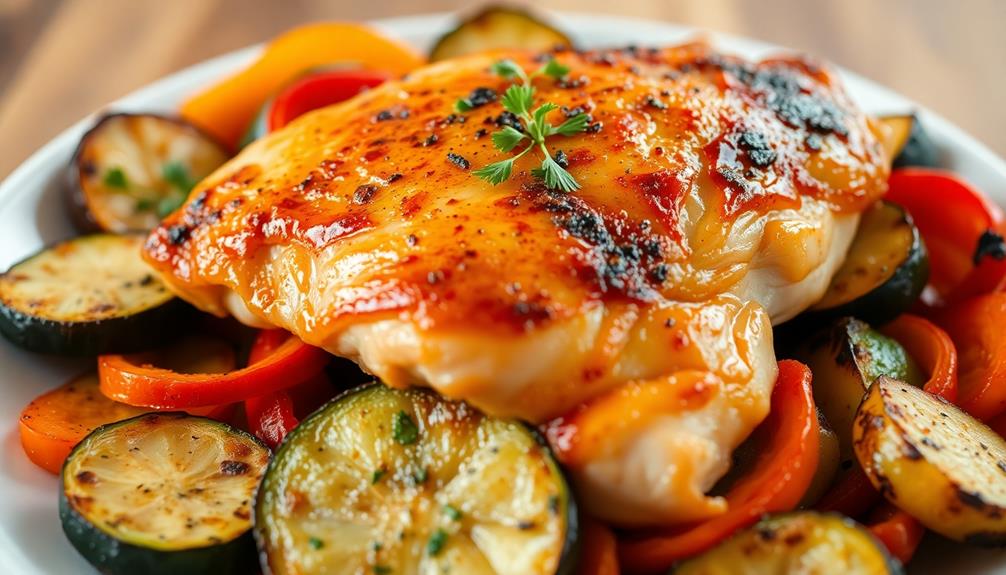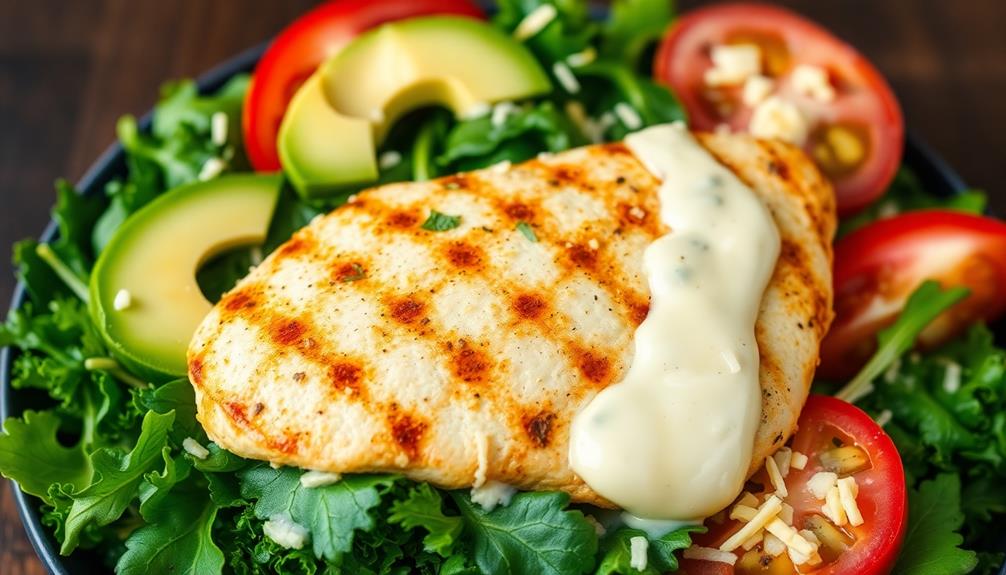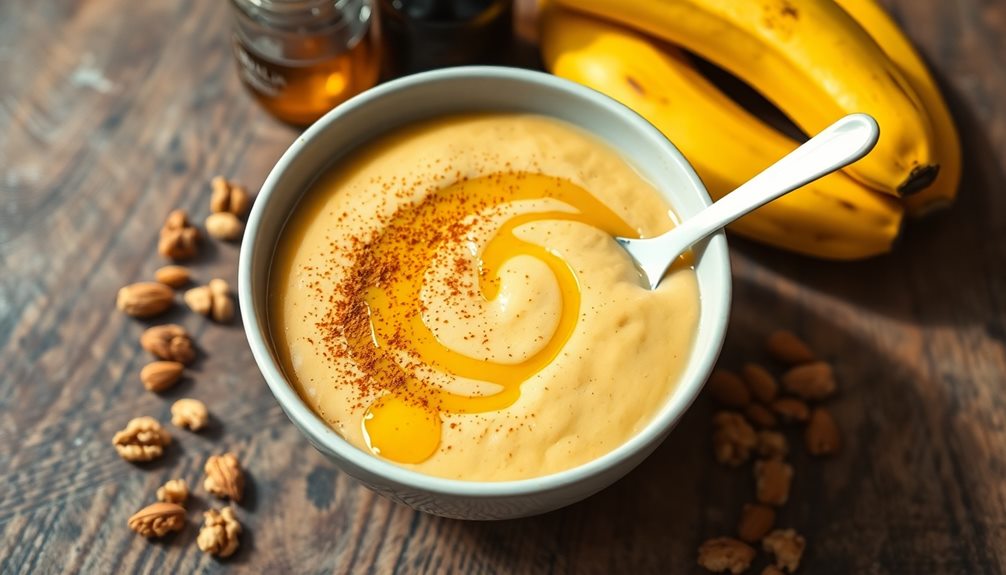The keto diet may be your secret weapon for athletic performance. By fueling your body with healthy fats instead of carbs, you'll experience efficient fat-burning and steady energy levels to power through training and competition. You'll also support your body composition goals with this nutrient-rich approach. Of course, you'll want to work closely with a coach or nutritionist to ensure you're getting all the vitamins and minerals your body needs. With a little planning, the keto diet can be a game-changer for your athletic endeavors. Let's dive into the details.
Key Takeaways
- The ketogenic diet can promote efficient fat burning and steady energy levels, potentially enhancing endurance during training and competition for athletes.
- Keto supports body composition goals and weight management, providing a unique energy source for high-intensity workouts.
- Careful monitoring of nutrient intake is crucial to avoid deficiencies and ensure a balanced approach on a keto diet.
- Individual responses to the keto diet vary, and patience is required during the adaptation phase to achieve optimal athletic performance.
- The ketogenic diet can serve as a potential tool for athletic performance, but requires individualized strategies to find the best dietary fit.
History
The concept of the ketogenic diet, a high-fat, low-carbohydrate dietary approach, has been around for decades. This way of eating was originally developed in the 1920s as a treatment for epilepsy.
Doctors discovered that putting the body into a state of ketosis, where it burns fat for fuel instead of carbs, could help reduce seizures in some patients. Over the years, the keto diet has gained popularity for its potential benefits beyond just epilepsy, including improved weight management, better blood sugar control, and enhanced athletic performance.
While keto was initially used for medical reasons, athletes have become increasingly interested in trying it to optimize their training and competition.
They've found that the keto diet can help them burn fat more efficiently, maintain steady energy levels, and potentially boost endurance. As research continues, we're learning more about how this high-fat, low-carb approach may be a game-changer for active individuals looking to fuel their bodies and reach new athletic heights.
Recipe
Following a ketogenic diet while being an athlete can be a delicate balance. This recipe for a high-fat, low-carb dish is designed to fuel your active lifestyle without compromising your dietary needs. The nutritional information and benefits of the keto diet highlight how a proper balance of fats and proteins can enhance energy levels and support performance.
The key to a successful keto-friendly meal for athletes is to incorporate healthy fats, moderate protein, and minimal carbohydrates. This recipe for grilled salmon with roasted vegetables checks all those boxes, providing a nutrient-dense and satisfying meal to support your training and recovery.
- 4 salmon fillets (about 6 oz each)
- 2 zucchini, sliced
- 1 red bell pepper, sliced
- 1 onion, sliced
- 2 tbsp olive oil
- 1 tsp garlic powder
- 1 tsp dried oregano
- Salt and pepper to taste
Preheat your grill to medium-high heat. Pat the salmon fillets dry and season them generously with salt and pepper. Grill the salmon for 4-6 minutes per side, or until it flakes easily with a fork.
In a separate baking dish, toss the sliced zucchini, bell pepper, and onion with the olive oil, garlic powder, and dried oregano. Roast the vegetables in the oven at 400°F for 20-25 minutes, or until they're tender and lightly caramelized.
Serve the grilled salmon alongside the roasted vegetables. This dish is a great source of healthy fats, lean protein, and low-carb vegetables to support your athletic performance and recovery.
Cooking Steps
First, preheat your oven to 375°F and grease a baking sheet.
Next, mix the dry ingredients together in a bowl.
Then, combine the wet and dry ingredients until a dough forms.
Bake the mixture for 20-25 minutes, and you'll have a delicious keto-friendly treat.
Step 1. Preheat Oven to 375°F

Preheat your oven to 375°F. This is a crucial first step in many keto-friendly recipes, as the right oven temperature ensures your foods cook evenly and develop the perfect texture.
Once your oven reaches the target temperature, let it preheat for about 10-15 minutes. This gives the oven enough time to thoroughly heat up, so you can be confident your dish will bake consistently.
When the oven is ready, you can start preparing your ingredients. Whether you're roasting vegetables, baking a keto-friendly dessert, or cooking a main dish, maintaining the correct oven temperature is key.
Keep in mind that oven temperatures can vary, so you may need to adjust the time or temperature slightly based on how your food is browning or cooking. Stay vigilant and use a reliable oven thermometer if needed.
With the oven preheated to 375°F, you're well on your way to creating delicious, keto-approved meals to fuel your athletic performance.
Step 2. Grease Baking Sheet

After preheating your oven, grab a baking sheet and grease it thoroughly. You'll want to use a thin layer of cooking spray or oil to prevent your food from sticking. Consider using high-quality grass-fed butter for added flavor and health benefits.
Make sure to cover the entire surface, including the edges, so nothing gets left behind. This simple step ensures your keto-friendly creations slide right off when they're done baking.
Once the sheet's well-greased, you're ready to add your ingredients. Whether you're roasting veggies, baking keto-friendly treats, or cooking up a protein-packed meal, a well-prepared baking sheet is key.
The grease creates a slick surface that allows air to circulate underneath, helping your food cook evenly. No more scrubbing stuck-on bits – just effortless cleanup when you're finished.
Step 3. Mix Dry Ingredients

With your baking sheet prepped, turn your attention to mixing the dry ingredients. In a large bowl, combine the almond flour, coconut flour, and any other dry keto-friendly powders your recipe calls for.
Using a whisk, gently stir the flours together to incorporate air and break up any clumps. This step ensures an even distribution of your dry ingredients, so every bite has the right texture and flavor.
Next, add the granulated sweetener, salt, and any spices like cinnamon or nutmeg.
Give the mixture another good stir until everything is thoroughly combined. Be careful not to overmix, as that can affect the final baked texture.
Finally, create a well in the center of the dry ingredients, ready to receive the wet components in the next step.
Step 4. Combine Wet and Dry Ingredients

Once you've thoroughly mixed the dry ingredients, it's time to incorporate the wet components. In a separate bowl, whisk together the eggs, coconut oil, and any other liquid ingredients called for in the recipe. Be sure to break up the eggs and fully combine the wet mixture.
Slowly pour the wet ingredients into the bowl with the dry ingredients. Use a rubber spatula to gently fold the two together, taking care not to overmix. The key is to just incorporate the wet into the dry until a cohesive batter forms.
Avoid vigorous stirring, as that can develop gluten and result in a tough, dense texture.
Once the wet and dry are combined, the batter is ready for the next step. Whether you're baking keto-friendly breads, muffins, or other treats, this step of combining the wet and dry elements is crucial for achieving the right consistency and final texture.
Take it slow and focus on gentle mixing for best results.
Step 5. Bake for 20-25 Minutes
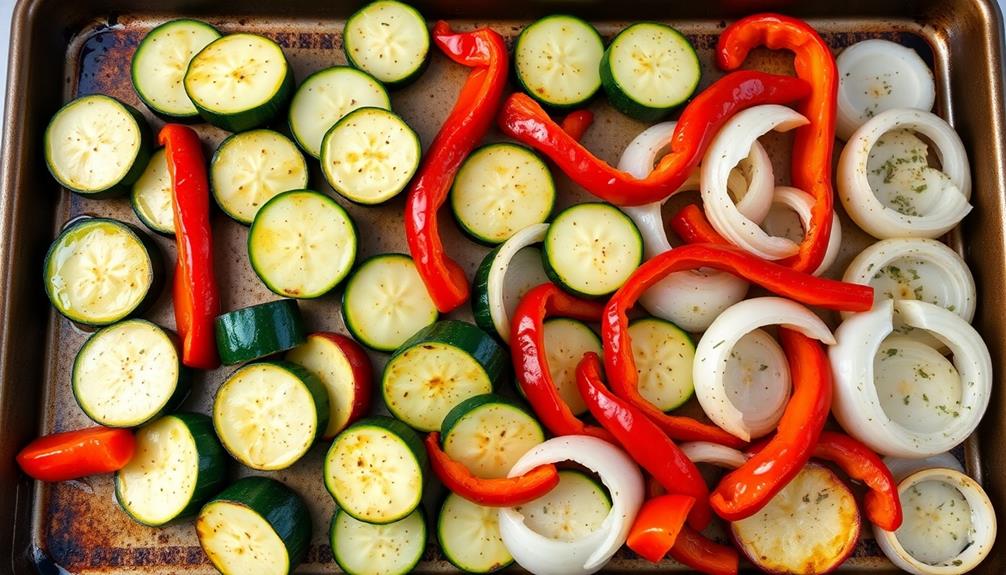
Preheat your oven to the specified temperature, typically around 350°F (175°C). This step is crucial, as it ensures your oven is hot enough to properly bake the keto-friendly treats you've prepared.
Once the oven is up to temperature, you'll want to carefully transfer your baking dish or pan into the oven. Set a timer for 20-25 minutes, keeping a close eye on the bake time. The specific duration may vary depending on the size and thickness of your recipe, so be sure to check the recommended baking time.
As the treats bake, you'll start to notice a delightful aroma filling your kitchen. This is a good sign that the keto-friendly ingredients are coming together and the baking process is going well.
When the timer goes off, use oven mitts to safely remove the baked goods from the oven. Allow them to cool for a few minutes before serving or storing.
With patience and attention to detail, you'll end up with perfectly baked keto-friendly treats that will fuel your athletic performance.
Final Thoughts
The keto diet can be a valuable tool for athletes looking to improve their performance and body composition. While it takes some adjustment, going keto can help you reap rewards like enhanced fat-burning, increased energy, and better endurance.
Additionally, juice diets may offer a unique approach to hydration and nutrient intake, though it's important to monitor for potential deficiencies. Just remember to consult your coach or nutritionist to ensure you're meeting all your nutritional needs.
As you experiment with this approach, pay close attention to how your body responds. Some athletes thrive on keto, while others may find it's not the best fit. Be patient, track your progress, and don't be afraid to make tweaks along the way. For some, a cyclical keto approach, where you cycle in and out of ketosis, may be a better option. This could involve incorporating higher-carb days around intense training sessions, or having periodic higher-carb refeed days to support metabolic health. It’s important to find what works best for your individual body and performance goals. If you find that a strict keto approach doesn’t align with your energy needs or training demands, a cyclical keto approach may provide the flexibility you need. By strategically introducing carbohydrates at key times, you can optimize both your physical performance and metabolic function. Remember, there’s no one-size-fits-all approach to nutrition, so it’s worth exploring different strategies to find what works best for you. And always consult with a healthcare or nutrition professional before making significant changes to your diet.
With the right plan, keto could be your secret weapon for taking your athletic abilities to new heights. The key is finding what works best for you as an individual. Stick with it, and you just might be surprised by the transformative benefits keto can offer.
Stay the course, and enjoy the journey toward peak performance.
Frequently Asked Questions
How Does the Keto Diet Impact Athletic Recovery?
The keto diet can improve your athletic recovery by reducing inflammation, enhancing fat-burning for energy, and promoting muscle repair. However, it may also limit carbohydrate-based recovery, so you'll need to adjust your nutrition approach to support your training and performance goals.
Can the Keto Diet Improve Endurance for Long-Distance Athletes?
The keto diet can improve your endurance for long-distance athletes by shifting your body's primary fuel source from carbs to fat, allowing you to sustain energy levels more efficiently during prolonged exercise.
What Are the Potential Side Effects of the Keto Diet for Athletes?
The keto diet may cause fatigue, muscle cramps, and reduced exercise performance for athletes. You'll need to closely monitor your body's response and adjust your diet and training accordingly.
How Does the Keto Diet Affect Muscle Growth and Development?
The keto diet can impair muscle growth and development by reducing your body's ability to utilize carbohydrates, which are crucial for fueling intense exercise and supporting anabolic processes like protein synthesis.
Is the Keto Diet Suitable for High-Intensity, Anaerobic Sports?
The keto diet may not be the best choice for high-intensity, anaerobic sports. These activities rely heavily on glycogen stores for fuel, which the keto diet depletes. You may experience reduced performance and recovery on a keto diet in this type of training.
